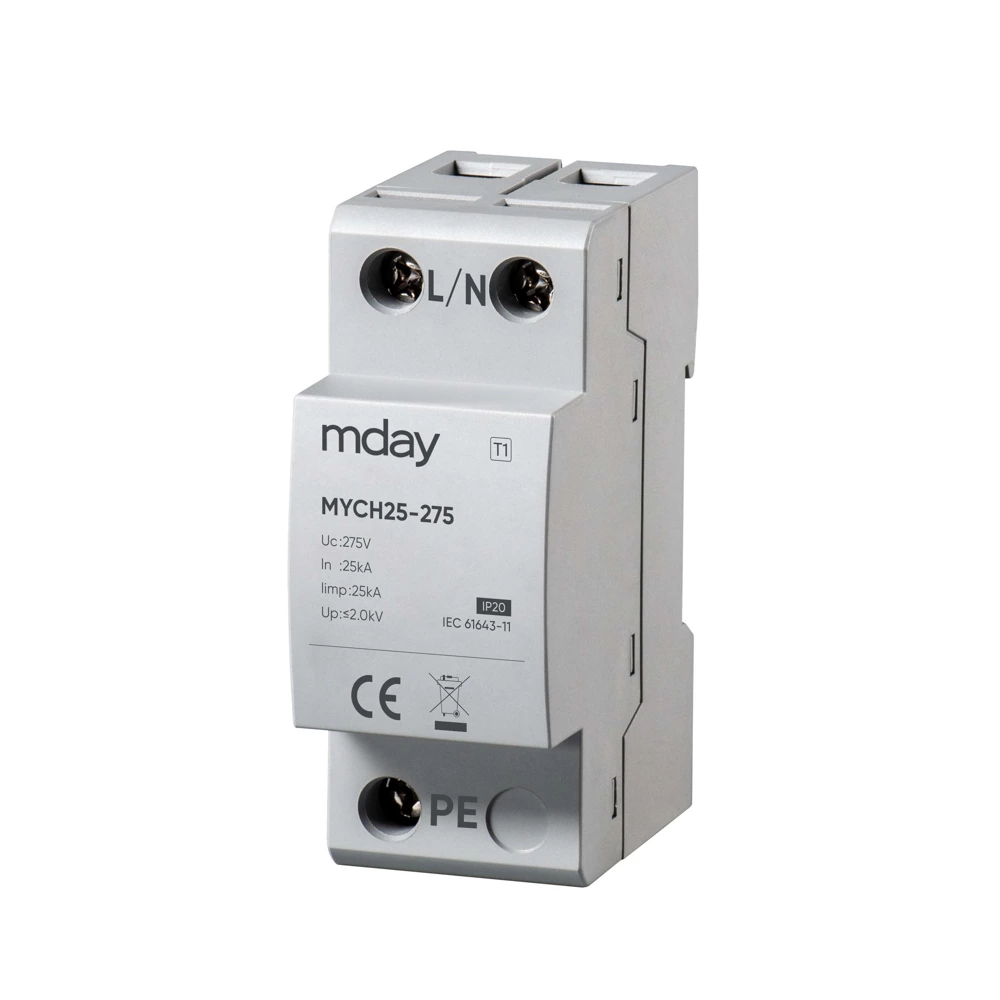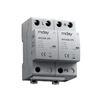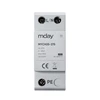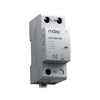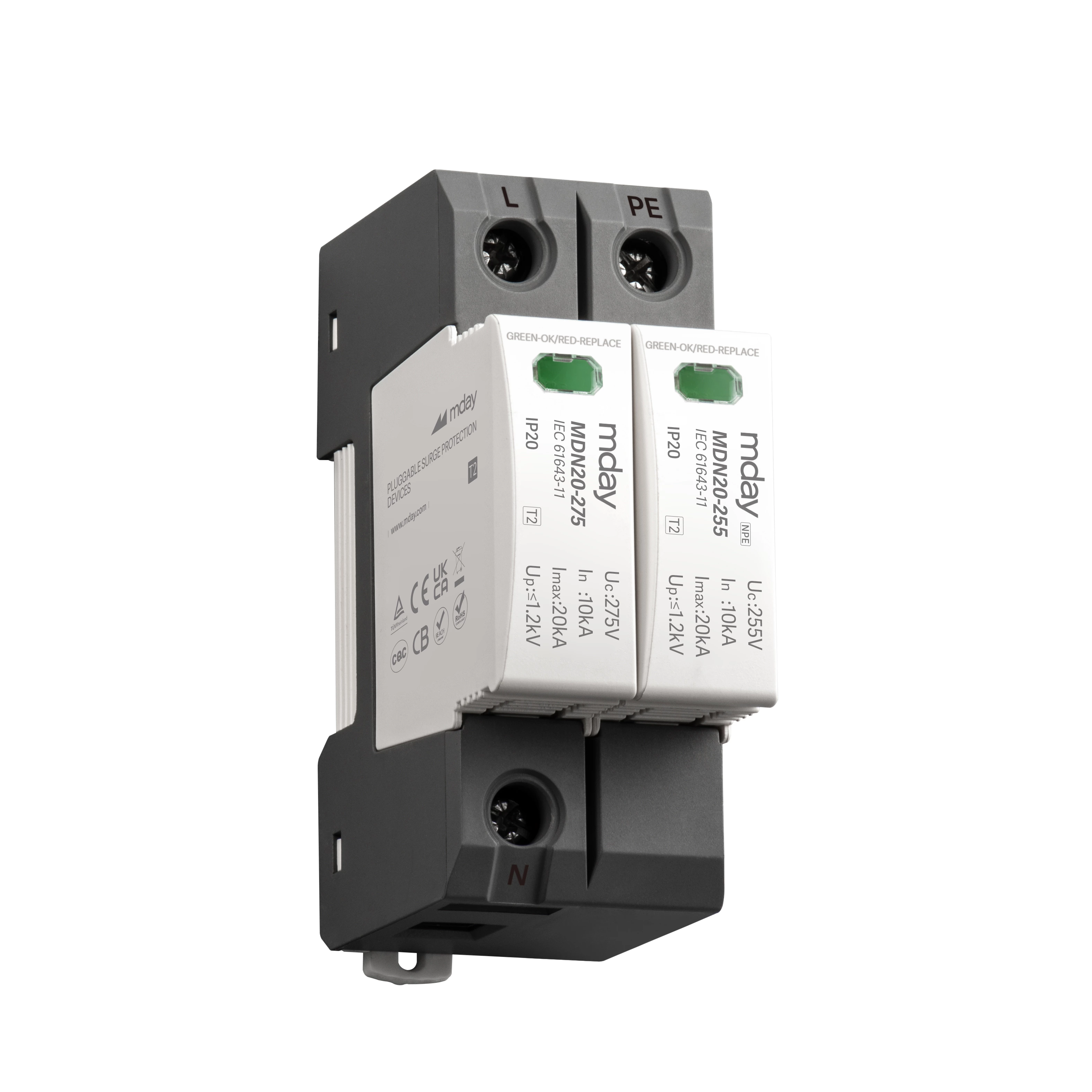The Role Of Surge Protector - A Comprehensive Explanation
The emergence of surge protectors has greatly reduced the damage of lightning to electronic equipment and improved the protection against lightning, especially in today's electronic information age. So, what exactly is a surge protector? What is the real function of a surge protective device? What kind of surge protection device should we choose?
1. Introduction to surge protectors
In GB 18802.12, 3.1.1 defines the standard for surge protectors: Surge Protective Device, or SPD for short, is an electrical appliance used to limit transient overvoltage and discharge surge current, and it contains at least one nonlinear element.
Note: SPD has an appropriate connection device and is a fully assembled component.
Surge protectors, also called lightning arresters, are electronic devices that provide safety protection for various electronic equipment, instruments, and communication lines. When a spike current or voltage suddenly occurs in an electrical circuit or communication line due to external interference, the surge protector can conduct and shunt in a very short time, thereby avoiding damage to other equipment in the circuit caused by the surge. Surge protectors are suitable for AC 50/60HZ, rated voltage 220V/380V power supply systems, and protect against indirect lightning and direct lightning effects or other transient overvoltage surges. They are suitable for surge protection requirements in residential homes, the tertiary industry, and the industrial field. Surge protectors can be classified into switch type, voltage limiting type, and composite type surge protectors. The most widely used one is the composite type surge protector, which combines the switch type and voltage limiting type components, and can protect our equipment more safely.
2. The role of surge protectors
The role of surge protectors is to limit transient overvoltages and discharge surge currents. They are generally connected in parallel to the main circuit and usually have high impedance properties. When TOV appears in the circuit, they will conduct and discharge surge currents. At this time, they are in conduction mode and can be regarded as directly grounded wires, which can discharge surge currents in the main circuit to the ground wire. Surge protectors can be compared to the "guardian god" of products in electrical systems or communication systems, protecting the safety of circuits and equipment during lightning strikes and overvoltages.
